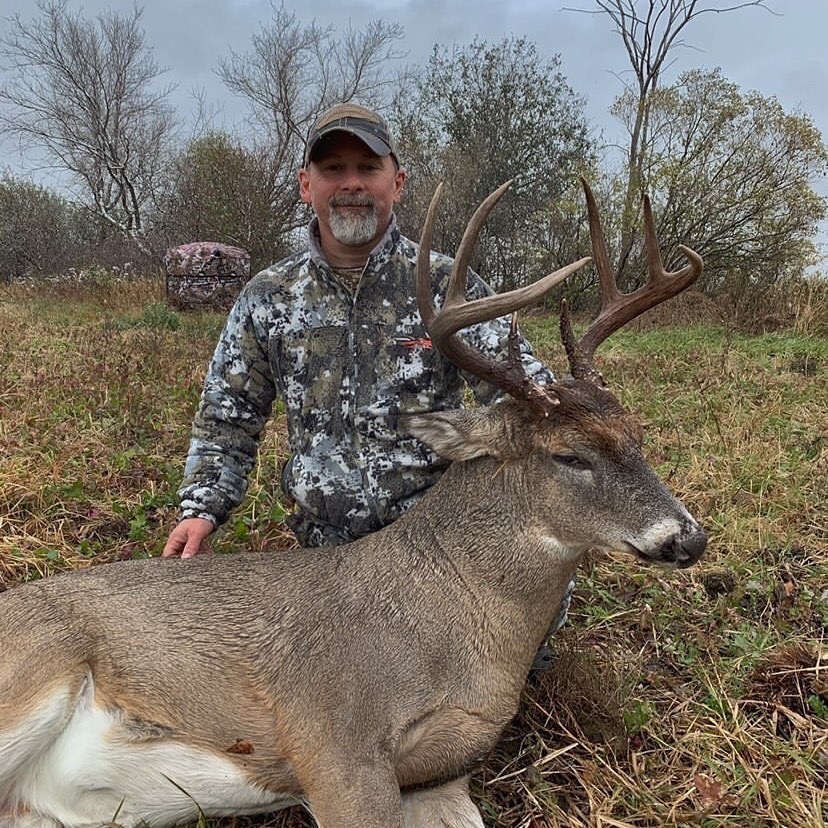Ground Blind, Uncategorized
How Do You Hunt Whitetails from the Ground?
Whitetails are born with a suspicious nature. They are perhaps the most edgy of all North American big game species, which makes them both fun and frustrating to hunt. In order to successfully do so, you will need to avoid being picked up off by one of their incredibly attuned senses. In my opinion, you’ll be the most successful if you prioritize your efforts as follows: beat their nose, beat their eyes, beat their ears, and beat their uncanny sixth sense of knowing when something ‘isn’t quite right.’
When it comes to beating a whitetail’s nose, a well-constructed blind is your best shot. Much like a road-killed skunk, a human that sits in the woods creates an ever-expanding pool of odor that hurts your odds of beating a deer’s nose. Part of the reason that almost all animals move through the woods slowly is because they know that their odds of picking up danger increase with every slight change in wind direction, and every pause that gives them a chance to see you moving before you see them moving. A hunting blind provides a legitimate barrier to prevent the spread of odor that will ruin your hunt. However, a blind in and of itself, is only part of a great scent control system. To truly stack the odds in your favor, it’s a great idea to add an ozone machine and other scent management tools into the mix.
Nothing trumps a ground blind for concealing movement and hiding you from a wary whitetail’s eyes. But, ground blinds are large objects that can draw unwanted attention from cautious deer. To overcome this, it’s best to place your blinds out in advance whenever possible. The more time the deer have to adjust to the blind, the better. It could be argued that it’s equally important to camouflage your blind by “brushing it in.” Very few things in nature are smooth and round, so even the addition of a little bit of cover that breaks up the outline can help. Many of today’s popup blinds do not include brush loops, or they include too few loops to properly camouflage the blind. We recommend that you insist on purchasing a blind with plenty of brush loops, so you can make your blind look more like a bush than a man-made object if you want to. One word of caution here is that there can be a fine line between aggressively brushing in your blind and removing so much vegetation that you alert deer to noticeable changes in their environment. If you get aggressive with disturbing the environment, it can take time for deer to adapt to their new “normal” home.
Not surprisingly, a ground blind can also be a huge help when it comes to tricking deer ears too! Ironically, when you are inside the blind, every noise you make will sound amplified, which is part of the proof that the blind is working to keep your noise inside of its walls. This doesn’t mean you can strike up conversation in a blind, but it does mean it will muffle the noise of drawing your bow, or shifting your position for a shot much better than a treestand will.
We’d love to say that ground blinds can also help beat that uncanny sixth sense, but alas, that’s where even the best ground blinds have their limits. Nonetheless, if you’re going to hunt whitetails on the ground, an investment in a quality blind is hands down the best advantage you can possibly give yourself!


